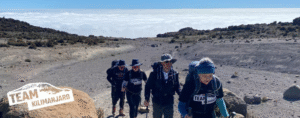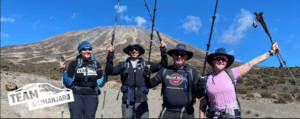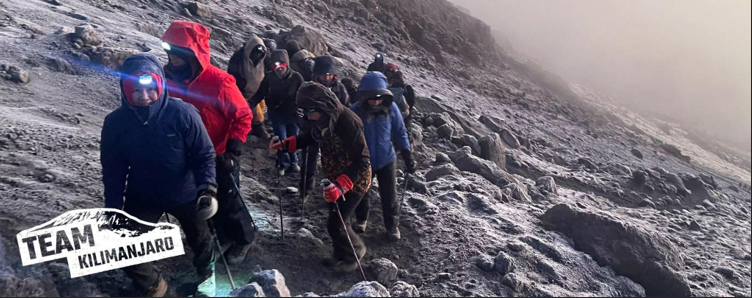The decision to climb Kilimanjaro wasn’t made in a rush. It lingered in my mind for years, the way certain journeys do — half-formed dreams waiting for the right season of life to become reality. I’d seen photographs of its snow-capped summit, read about its place in the pantheon of legendary mountains, and heard stories of those who had reached its peak. But the thought of attempting it myself felt distant, like something reserved for explorers, athletes, or mountaineers — not for someone like me.
That changed when I realised Kilimanjaro is not a climber’s mountain in the technical sense. It’s a mountain for walkers, for planners, for those who are prepared to go slowly and steadily toward a distant horizon. Once I understood that, the dream began to take shape.
Preparing for the Ascent
I started where most people do: by learning the basics of how to climb Kilimanjaro. It quickly became clear that success is less about strength and more about patience, acclimatisation, and preparation. The altitude is the real challenge here. At 5,895 metres, Kilimanjaro demands respect from every step, and rushing is the surest way to fail.
The next decision was how many days to spend on the mountain. The how long does it take to climb Kilimanjaro question has many answers, but the consensus is that more time means a higher chance of reaching the summit. I chose an eight-day itinerary to allow my body to adjust gradually and to give myself space to enjoy the journey rather than endure it.
Training was straightforward but consistent. I spent weekends hiking long trails with a weighted backpack, climbing hills, and building stamina. But I also practised the art of slowing down. In Swahili, the guides say “pole pole” — slowly, slowly — and it became the mindset for my entire preparation.
Life on the Mountain

No photograph prepares you for the diversity of Kilimanjaro’s landscapes. The first days were spent under a canopy of rainforest alive with birdsong and the chatter of monkeys. Each morning began with hot tea in camp, a slow repacking of gear, and a steady rhythm of footsteps along the trail. The higher we climbed, the more the scenery changed — moorlands dotted with strange plants, barren volcanic slopes, and finally the icy plains near the summit.
The camaraderie among trekkers was one of the unexpected joys. We came from different corners of the world but shared the same simple routine: walk, eat, rest, repeat. Conversations at camp ranged from travel stories to reflections on why we were all here. For many, it was a bucket-list challenge. For others, a personal milestone. For me, it became something quieter — a rare opportunity to focus on a single goal without distraction.
The Summit Push
Summit day began in darkness. We woke just before midnight, layered ourselves against the cold, and began the slow climb toward the roof of Africa. The air was thin, and every step demanded focus. I remember little of those early hours except the crunch of boots on frozen ground and the rhythmic sound of breathing.
Then, just as the first light broke over the horizon, the summit came into view. I reached Stella Point as the sun rose, painting the glaciers in shades of gold and pink. The final walk to Uhuru Peak was a blur of emotion — exhaustion, disbelief, joy. Standing there, I felt small against the immensity of the landscape, yet larger than I had ever felt before.
Choosing the Right Season

Looking back, timing was one of the smartest decisions I made. The best time to climb Kilimanjaro is during the dry seasons, from January to March or June to October. These months offer clear skies, dry trails, and a higher probability of summit success. I chose September, and the weather could not have been better — crisp mornings, warm days, and star-filled nights.
If you prefer solitude on the mountain, the shoulder seasons of late May or early November can offer quieter trails, though the risk of rain is higher. Ultimately, the best time is the one that aligns with both your schedule and your appetite for challenge.
More Than a Mountain
Kilimanjaro taught me far more than I expected. It taught me patience, perseverance, and the value of slowing down in a world obsessed with speed. It reminded me that the most meaningful goals are often the ones that require us to take the longest route. And it proved that even the most distant dreams can be reached — not through leaps, but through steady, deliberate steps.
If you’ve ever dreamed of standing at the top of Africa, I can only say this: start planning. Prepare well, take your time, and climb slowly. The mountain is waiting, and the journey to its summit may change you in ways you don’t yet understand.









